Mask use has quickly become an everyday event for millions. Masks of all varieties, from surgical masks to cloth masks to N95s to respirators, are a commonplace piece of attire, at least for now.
Like all attire you wear frequently, masks can wear out over time. Yet, unlike typical clothing, you might not know how to recognize when a mask should be replaced. A shirt can stretch out, pants can rip holes, but masks? How do you know when something like a mask needs replacement?
The truth is, there’s a lot of variation. It depends on the kind of mask you’re wearing, what it’s made out of, how often you clean it, whether there are replaceable parts and more. Let’s dig in.
What Is Your Mask Made Out Of?
The material that your mask is made out of will impact how often you should replace it.
Surgical masks, the thin paper/plastic masks that doctors wear for operations, typically serve as a minor physical barrier. These are the common masks handed out to people in doctors’ offices and elsewhere. They’re meant to be worn once, for a short period of time (no more than a few hours), and then discarded. They’re impossible to thoroughly sterilize, so they’re not safe after they’ve been used.
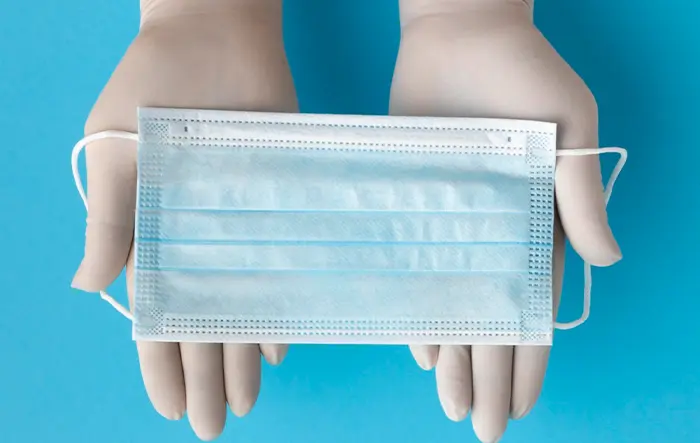
N95 masks may have a longer lifespan. In a medical setting, they are often meant to be used once and then discarded as well. However, due to PPE shortages globally, potentially many medical staff (and everyday people who have them) may be sterilizing them and using them more than once. Studies performed with UV light and hydrogen peroxide sterilization found that, with proper sterilization, an N95 mask could be worn up to four times (three rounds of sterilization) before filtration levels dropped and the mask was no longer considered effective.
Some masks are more solid, made of either fabric or plastic and rubber, with replaceable filters. These masks are more variable in how many times they can be worn. In the case of heavy-duty respirators and face masks with replaceable cartridges, the mask itself can be worn for hundreds or thousands of uses. The filters, however, need to be replaced frequently. Different filters have different lifespans, and the general metric is “when it gets more difficult to breathe through them.” When breathing becomes harder, it means the filter is clogged up and needs to be swapped out.
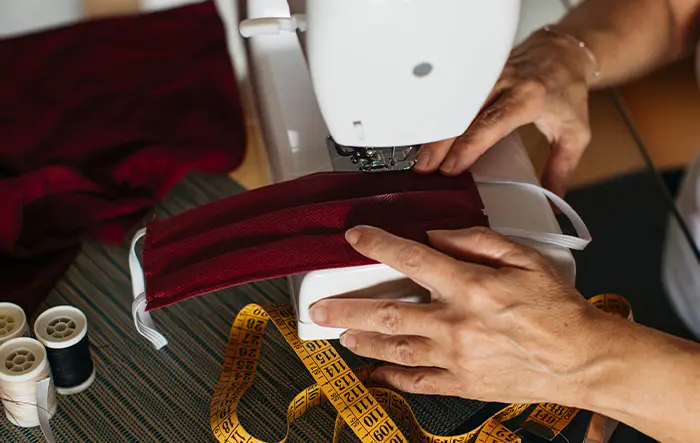
Fabric masks, with or without filters, have additional considerations. The material can stretch out, fray, or tear over time. The construction of the mask – especially the simple masks thrown together at the start of the pandemic – may be weak enough that the mask can fall apart. Additionally, repeated washings could wear out the fabric, just like any other fabric you wash repeatedly. It can thin and lose its efficacy.
What Pieces May Need Replacement?
Some masks have individual pieces that can be replaced before the whole mask itself needs to be discarded.
- Nose pieces. Masks with nose pieces may find those thin metal bits break over repeated uses. You can often find replacement nose pieces at craft stores and online and can attach them as a replacement if yours breaks.
- Straps. Straps can stretch out or break at the seams. Once the straps wear out, it might be time to get a new mask. However, a little talent with a needle and thread can allow you to replace straps if the rest of the mask is still sound.
- Filters. Masks like ours are very durable, but the filters require replacement frequently. We recommend a fresh filter each time you use your mask, though we recognize not everyone replaces theirs that frequently. Try to avoid wearing a filter more than its lifespan, as it inhibits breathing and encourages air to pass around, rather than through, the filter.

Generally, once the fabric of the mask itself wears out, there’s no way to easily repair it. Any part other than the main fabric construction may be replaceable, with the right supplies, tools, and skills.
Is the Mask Stretching Out?
Fabric is woven out of individual fibers. While this may seem like a hardy construction, it can come loose over time. Masks have a constant source of pressure on them, the straps, which pull the fabric back and apart. Over time, this can stretch out, leaving the mask loose and poorly fitted.
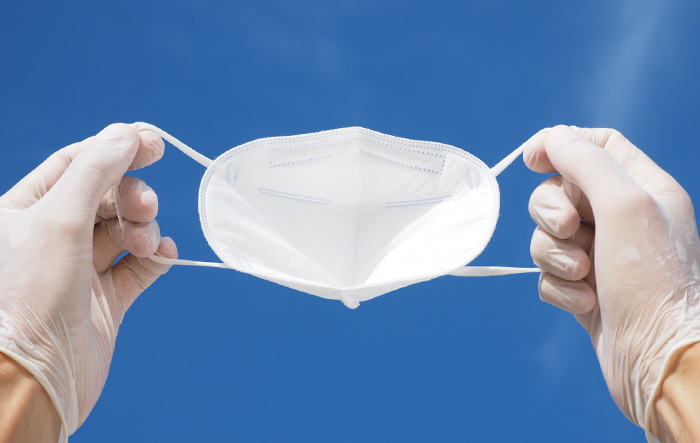
When the fit of the mask comes loose, that’s a sign that it is no longer working as well as you want it to. The key to any mask is the seal around the face. You want to be breathing through the mask/filter, not around it. A loose mask makes it much more difficult to use safely.
How Are the Seams Holding Up?
Most masks are made using a sewing machine to construct them. This means there are seams and joints in the construction, typically along the top or bottom, as well as any access points for filters and nose pieces, and the joints where the straps meet the mask.
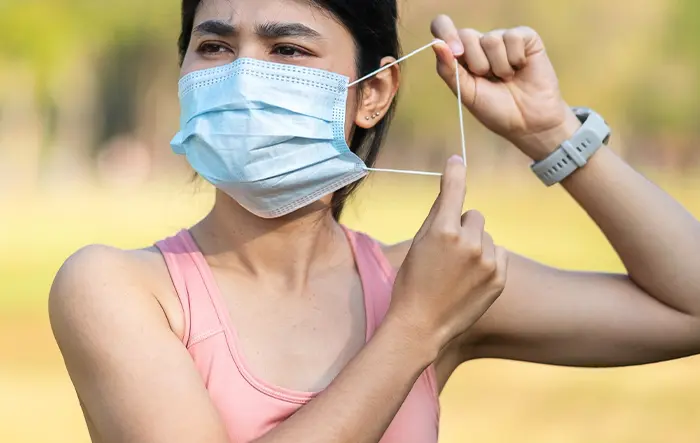
Any and all of these can come loose through repeated washing and use. If your seams are starting to pull apart, your straps are coming loose, or your mask is simply falling apart under its own pressure, it’s a sure-fire sign that it’s past time to replace the mask.
How Do You Wash Your Mask?
Different means of washing a mask put different levels of stress on the mask. Hand washing is generally less damaging than machine washing. Using cold water is generally less damaging (but also less effective at sterilizing) than hot water. Soft soaps and detergents are less damaging to a mask than harsh soaps. Air drying is less damaging than heat drying or machine drying.
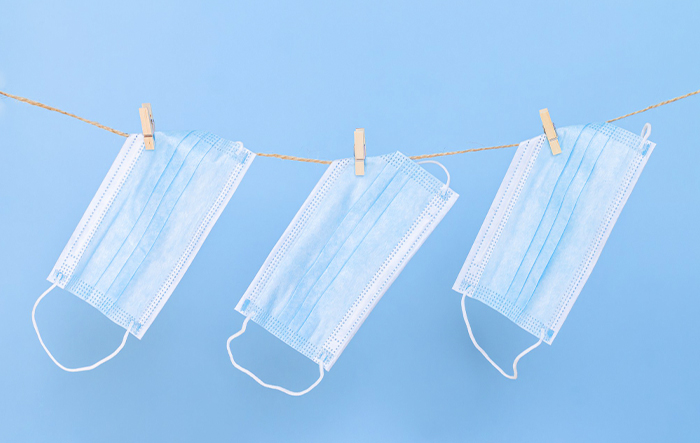
Feel free to describe your process for sterilizing your mask in the comments, and we’ll attempt to judge how often you should replace it. Typically, the more damaging your washing process, the fewer times you can wash the mask before you need to replace it.
How Often Do You Wash Your Mask?
As stands to reason, the more often you wash your mask, the more damage you do to it, and the sooner you will need to replace it.
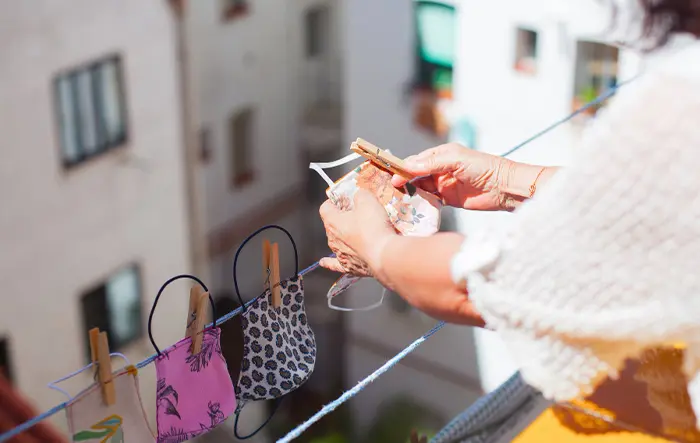
That is not to say you shouldn’t wash your mask frequently. In fact, the CDC recommends washing your mask every time you use it. We recognize that the reality of life means you won’t always be able to wash it every time, but you should still try to the best of your ability. In fact, it’s better to buy two or three masks to use in sequence before washing them, if you’re limited in your chances to wash masks.
How Do You Store Your Mask?
Storage is also a consideration, particularly for people who don’t go out to work every day. Wadding up a mask and shoving it in a pocket is generally a bad idea. Masks should be stored in a way that doesn’t compromise their structure or put stress on them. Hanging them can be fine, though it can contribute to stretching out the elastic. Leaving them sitting on a table or other surfaces is also fine. Folding them up, wrapping them up in their own elastic, or otherwise putting pressure on them can damage them over time.

You will also likely want to store your mask away from sunlight. Solar radiation can break down fibers and colors, so your mask will be more likely to fade. Additionally, that same radiation and heat can break down the elastic in the straps, making them more likely to break.
When You Should Buy a New Mask
Using the above information, you should be able to get an idea of how to judge when your mask needs to be replaced. However, there are some firm signs that you should keep in mind. If any of the below are true, you need to replace your mask as soon as possible.
When the mask is damaged. Tears, rips, broken straps, broken nose pieces that can’t be replaced, seams that come loose; any damage to the mask is enough to make it no longer an effective barrier between you and disease or environmental contaminants. Some damage can be repaired, but given how cheap it is to obtain a new mask, there’s not much reason to bother with it unless you truly can’t afford it. It’s much cheaper to buy a new mask than it is to compromise your health through a faulty repair.
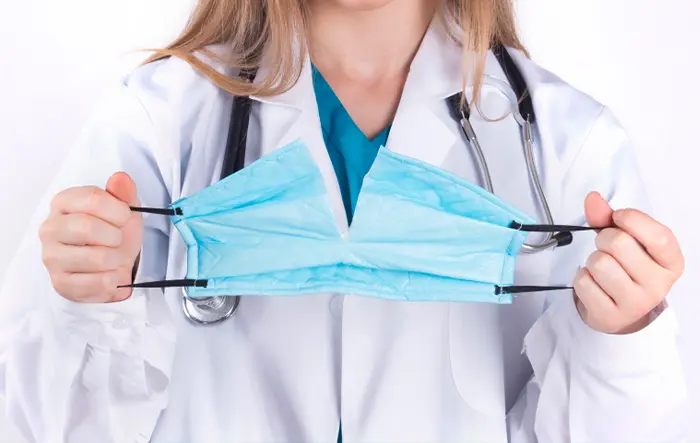
When you need a better fit. If your mask does not fit properly on your face, it’s going to cause problems.
- If your mask is too tight across your nose, it can dig in and hurt, abrading the skin and bruising your flesh.
- If your mask is too tight around the ears, it can become painful across the back of your ears. An ear saver can help, but an accessory is another point of failure and another expense.
- If your mask is too loose, it won’t form a proper seal around your face. If the mask doesn’t seal against your face properly, you’re going to breathe around it rather than through it, and that means you’re effectively breathing unfiltered air.
A mask should fit comfortably and snugly. If it doesn’t, consider replacing your mask with one that fits better.
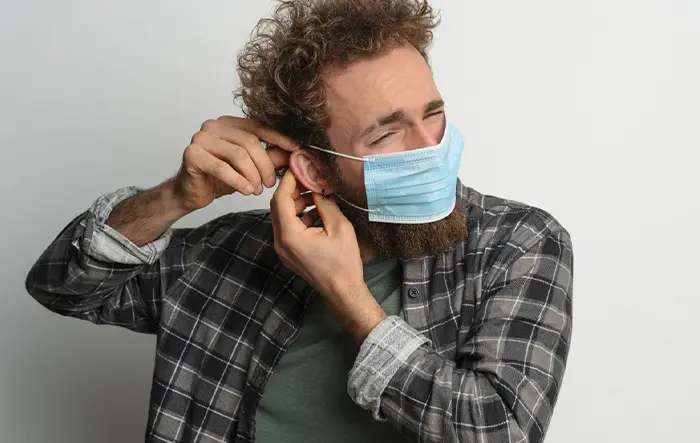
When the straps wear out. The straps are a critical piece of the mask. Straps can be replaced on some masks, but not on all masks. As you wear your mask, the straps will slowly wear out. The joints between the strap and the mask can pull loose or break. Likewise, the elastic in the straps can stretch out, leading to a looser fit and an unsafe mask.

Some people find that, once their straps are loose, they can cut them and use them as ties instead. This can work for some kinds of masks, but not for all kinds. You may also be able to shorten them through careful knots, but again, this only delays the problem. Additionally, by the time the elastic is wearing out, other parts of the mask are likely wearing out as well, and it should be replaced.
When the fabric wears thin. Any kind of fabric will wear thin over time, especially as it is washed repeatedly. Fibers fray, pill, and lose lint. Detergents can break down those fibers as well. Thinner fabric means less filtration, meaning a less effective mask. This isn’t as big a problem in masks that have filters, but it can still be worth replacing a mask that wears thin after enough repeated washes.
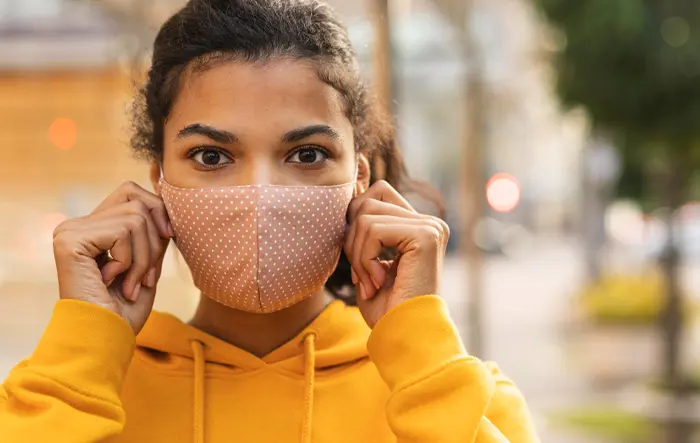
When the mask begins to smell, even after being washed. Odor in a mask means bacteria. Bacteria growing in the mask means the mask is no longer safe. If an odor persists even after washing the mask with a detergent and hot water, it’s probably time to be replaced.
When you’ve washed your mask thirty times. 30 is not necessarily a hard and fast number. However, it’s a good average rule of thumb, cited by Christina M. Madison, an infectious disease expert. After around 30 washes, the mask is likely to have worn out and should be replaced. For those keeping track at home; if you wear your mask every day, and wash it after every use, that’s a new mask every month. Bad news for the folks on month six of their daily mask!
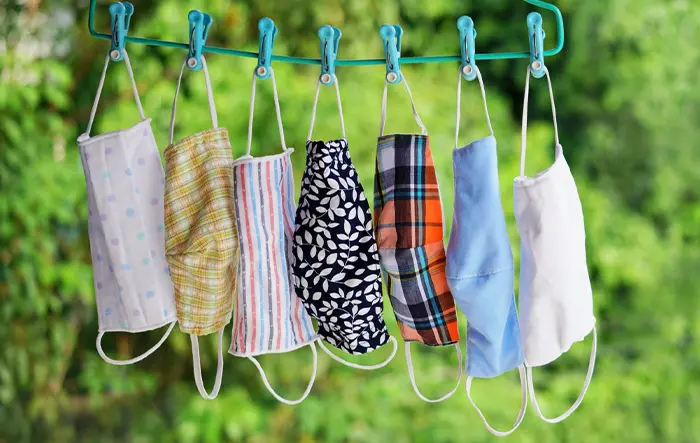
When you want a new style. You don’t always need to wait for a mask to wear out or be damaged before you replace it. Sometimes, all you want is a different style, a different pattern, or a different level of functionality out of your mask. Masks made out of different materials can have different comfort levels. Masks with patterns on them can be an accessory to the rest of your outfit, and thus a fashion statement. Any time you want a new mask, regardless of whether or not your current mask needs replacing, you can simply get a new mask. Why wait? If nothing else, it extends the life of all of your masks and gives you more leeway if a mask does break or get lost unexpectedly.
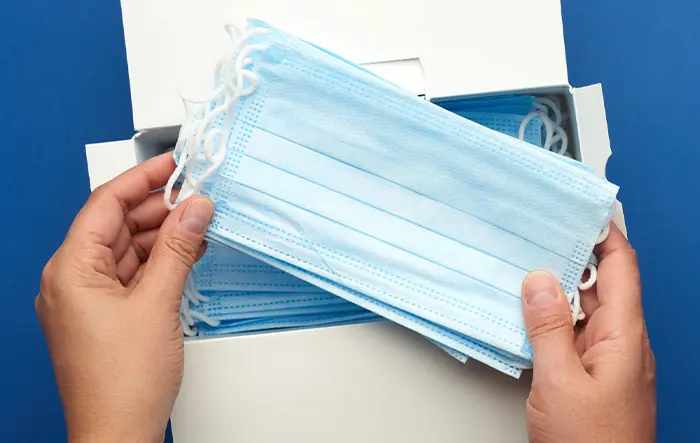

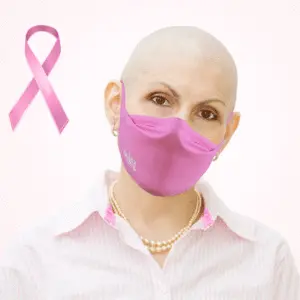

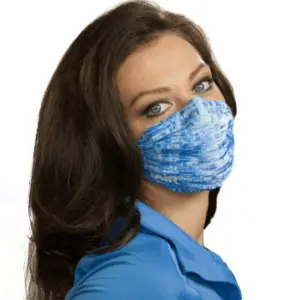

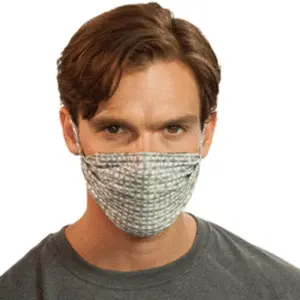
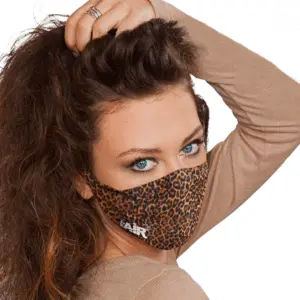
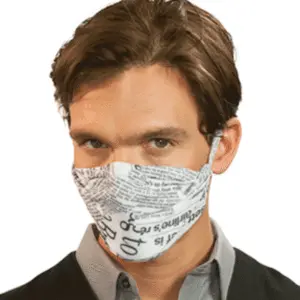



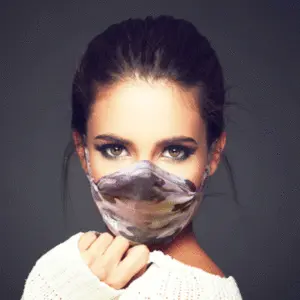
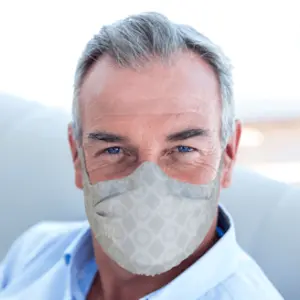


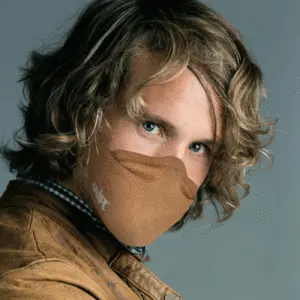

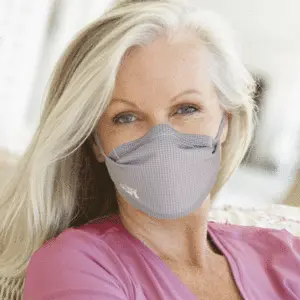
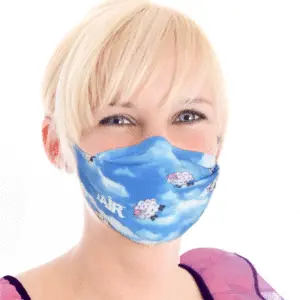
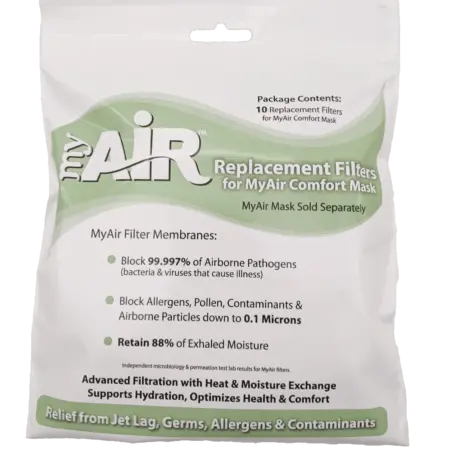
0 Comments